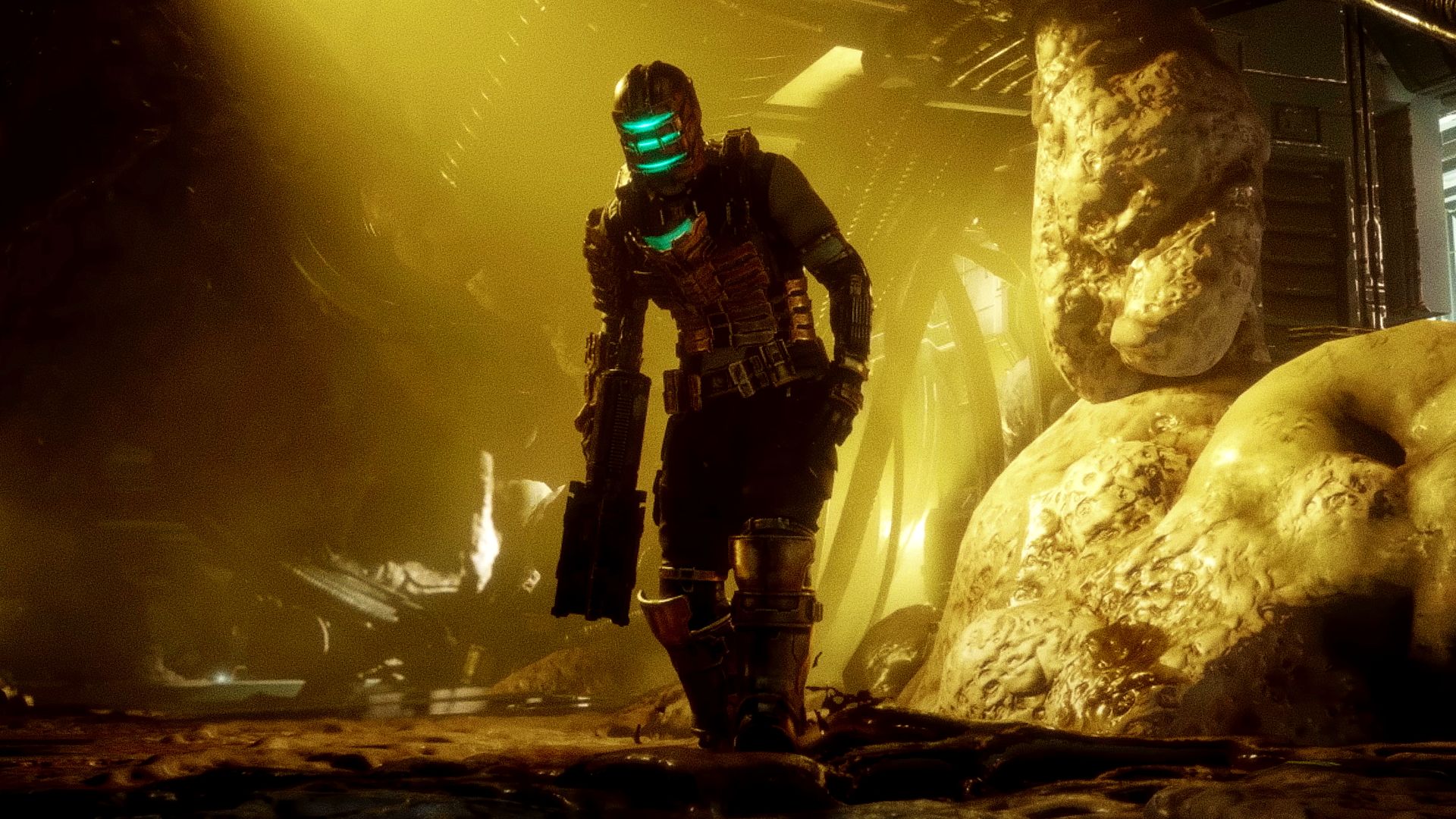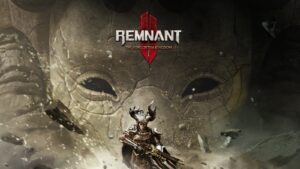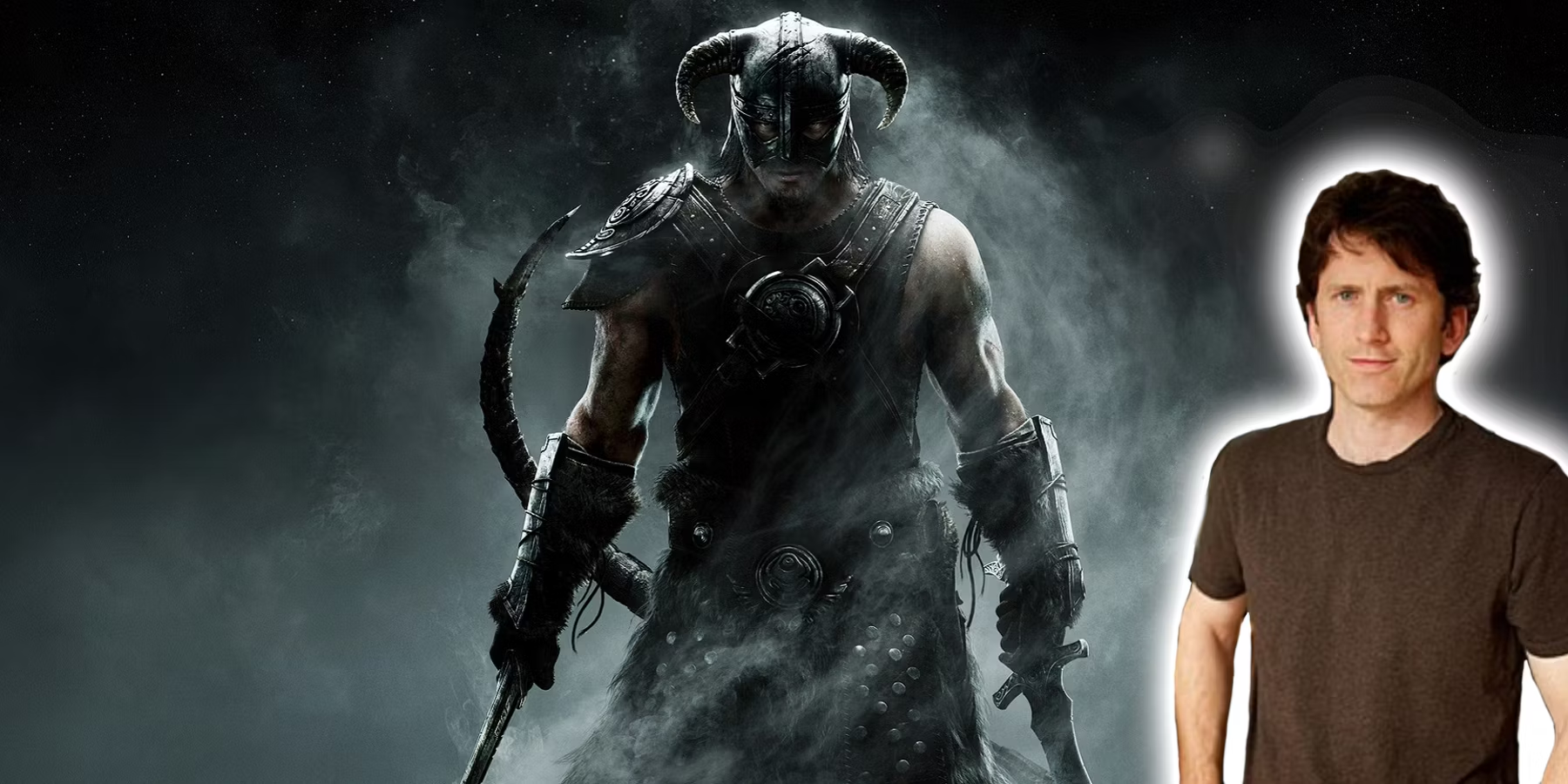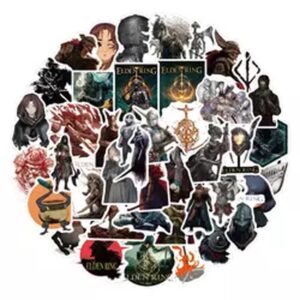In case you haven’t heard, Capcom have announced that Resident Evil 4. Arguably the most iconic survival horror game of its generation. Will receive the remake treatment, much like the original, second and third instalments of the series. So with that news, we thought it would be fun to move the spotlight to another icon in the survival horror genre, Dead Space
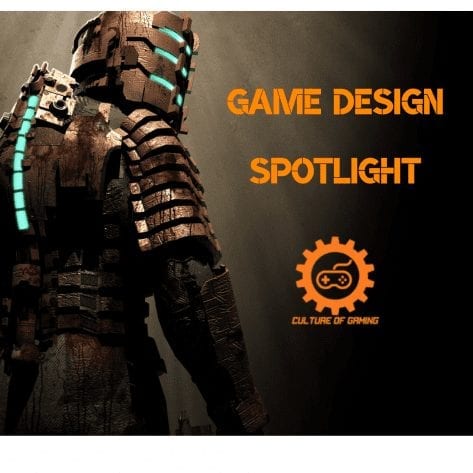
A game that uses Resident Evil 4 as it’s muse. Yet tweaks, reinvents and galvanises the genre to serve more as a spiritual successor than a serviceable copycat.
Way back in 2008, EA and Visceral Games introduced the world to a whole new brand of survival horror, Dead Space. Set on a lonely spacecraft you control Issac Clarke. An engineer that travels to the USG Ishimura to find his girlfriend. Who just so happens to be chief medical officer aboard the craft.
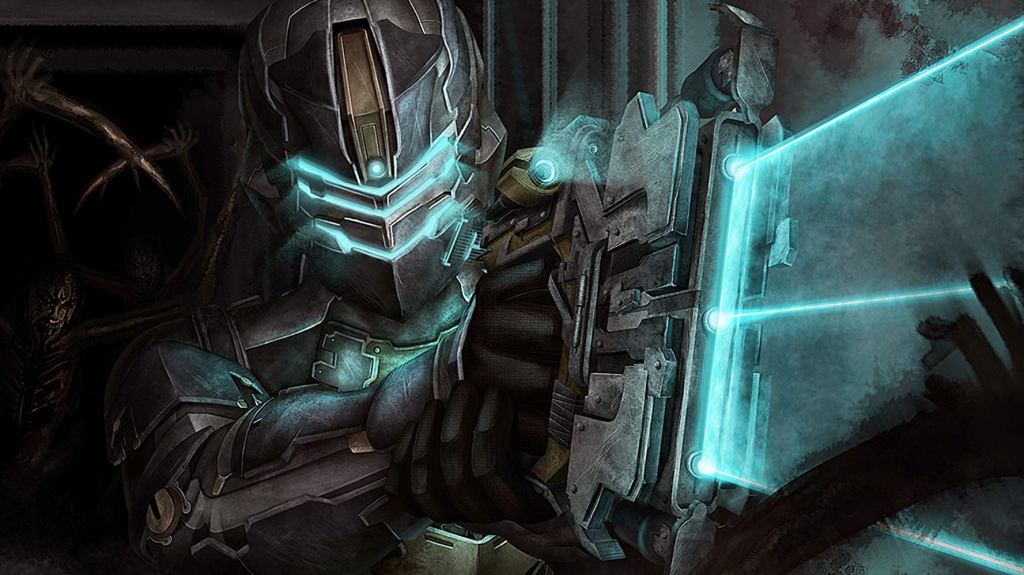 Visceral Games introduces regular, everyday engineer, Issac Clarke – image source
Visceral Games introduces regular, everyday engineer, Issac Clarke – image source
Throughout this mission to discover what the distress signal was all about. Clarke will fight off hoards of reanimated human corpses called Necromorphs, work together will what crew members he has left and lose his mind in the process.
A Survival Horror Classic
Truly, the game is a phenomenal one. It’s story is compelling and tragic. It’s art style and sound compilation is outstanding. Plus the atmosphere and sense of vulnerability this title delivers is something that was a huge factor in a return to form for the genre.
Though we want to focus on this game’s design aspects. The great decisions and ideas that developers incorporated into this title to make it a classic survival horror. Plus arguably, the best example of consistency tense survival gaming for the seventh generation. So join us as we dissect Dead Space. Though don’t worry, you won’t need a trusty plasma cutter. We got you covered.
User Interface
The first thing we look at is the UI or user interface. All to often in games, we can be taken out of immersive experiences by screen clutter. Such as a clogged Heads Up display. Maybe obnoxious way points, huge health bars across the screen. Or perhaps a whole bunch of required menuing to manage inventory or change equipment.
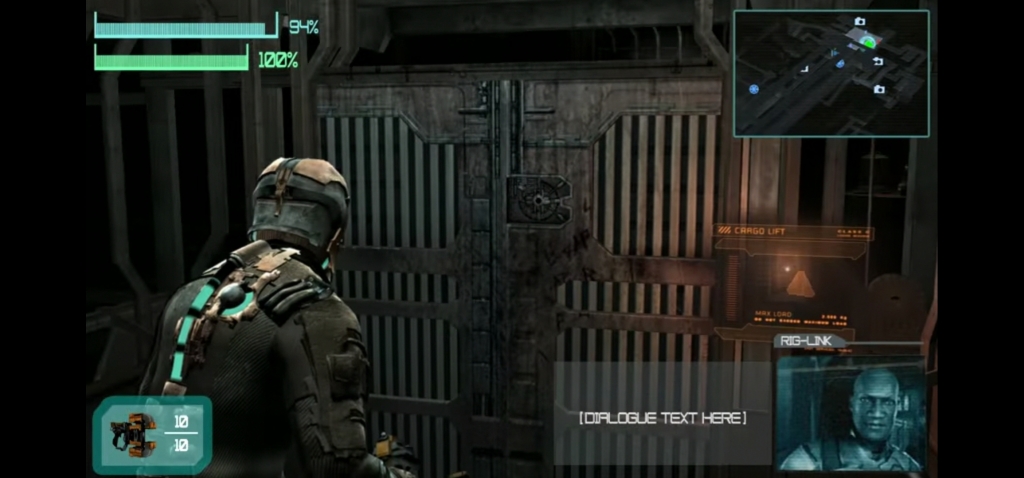 Here is a mock up of what Dead Space would look like with a conventional HUD – image source
Here is a mock up of what Dead Space would look like with a conventional HUD – image source
With Dead Space, the focus was always to keep the cognitive flow of the player focused on the in game events. With this level of focus, it becomes easier to create a tense atmosphere, to unsettle the player and to ultimately give them a fright. So to ensure this, a smart UI was needed. Which Visceral Games delivered masterfully.
An Integrated UI
What you will notice within Dead Space is the sheer lack of conventional Diagetic components on screen. Such as bullets left in your gun, or a health bar. Normally you would find this in the corner of the screen. Or alternatively making up a frame for the screen. Serving as a constant reminder that you are in fact playing a game. Dead Space decides to mix this up.
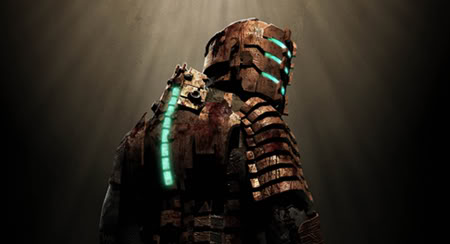
Notice the blue bar indicating Issac’s health – image source
All this essential info can be found on screen, however, it is incorporated into the game world and environment. Health bars can be found on Isaac’s Exo-suit. Whilst bullets available are shown through holographic displays, this being through Issac’s gun. This negates the need for information decorating the periphery of the screen. Allowing the player to hone in on the action. This was seen to some extent in the Metroid Prime series, though Dead Space would refine the craft.
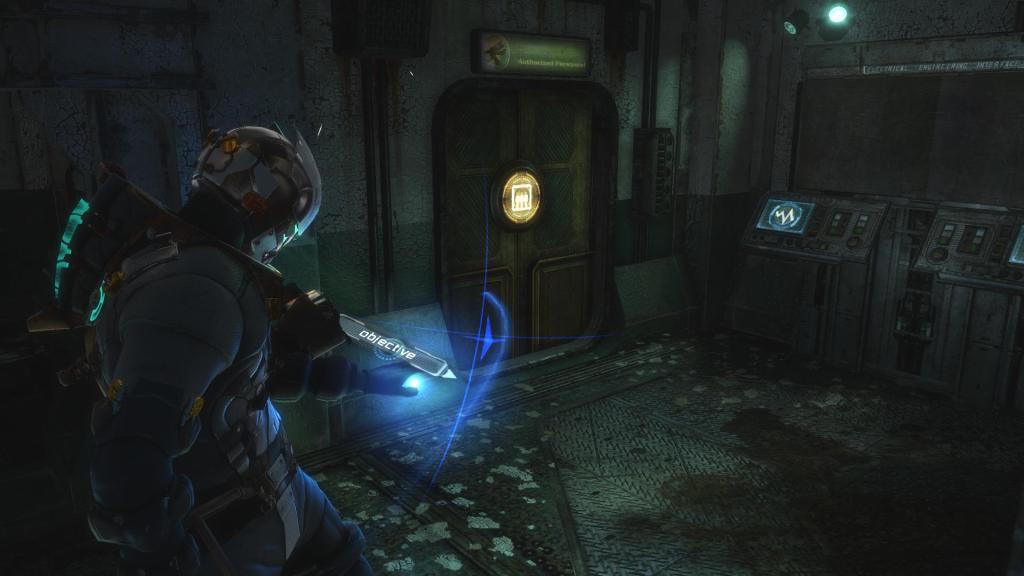 The way point system is a believable, dynamic and minimalist way to deliver info to the player – image source
The way point system is a believable, dynamic and minimalist way to deliver info to the player – image source
Minimalist And Immersive
This approach is further exemplified through the way point system. This is treated as a non-Diagetic component. Meaning that players will be shown it only when needed. If players wish to be shown their way to the next goal, they simply press the way point finder. Which triggers Issac to press a function on his suit and this creates a holographic line along the floor to the desired destination. It is this minimalistic UI approach that allows players to fully focus on the action.
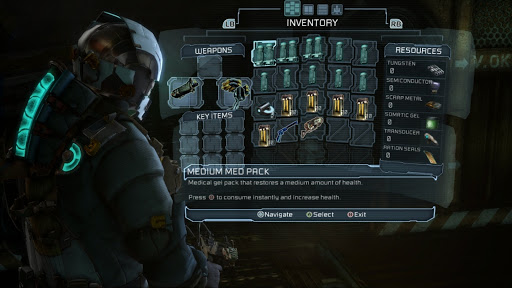
In game menus present themselves as holograms projected from Issac’s suit – image source
Then with reference to menuing. The developers maintain this narrative that Issac is the one completing these tasks rather than the player. As the player navigates menus, the game’s action carries on as normal. Much like the Souls series. Dead Space was a pioneer of this harsh and unforgiving in-game menu. Further adding to a vulnerable and survival focused experience. Players would be conditioned to value safe rooms more and punished for doddling. Which brings us swiftly onto our next focus.
Combat and Enemy Design
In order to create a tense, scary and unforgiving survival horror. What was needed for Dead Space to achieve this, was a driving force to keep the player moving. To never feel comfortable with their surroundings. So Visceral Games achieved this through a two-pronged approach.
The first being through well timed events. This wasn’t a new tactic by any means. The true pioneer for staged real time events would arguably be the Fear series. However, Dead Space does this in such a way that it becomes a constant concern of the player. Asking them to assess every possible scenario before progressing.
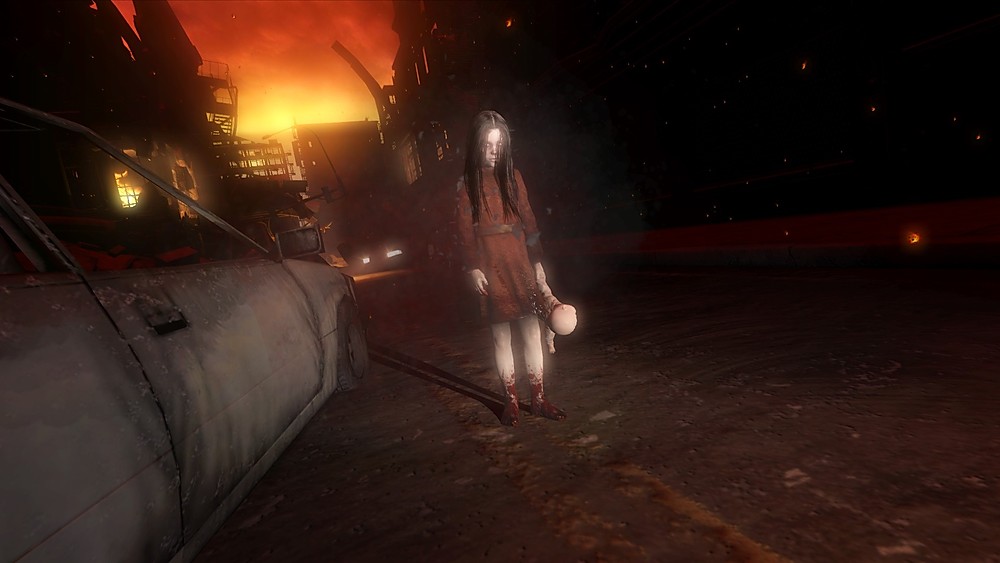 The original jump scare nightmare fuel from Fear 2: Project Origin – image source
The original jump scare nightmare fuel from Fear 2: Project Origin – image source
A False Sense Of Security
The best example being towards the beginning of the game where the player is randomly attacked my a Necromorph from a ventilation system. This on a base level is a decent jump scare which could easily have served only one purpose. However, the developers from there on out would litter the stage with vents and such. Forcing the player to creep around corners always wondering if it was OK to walk past.
The chapter will run its course and players will encounter nothing. Allowing them to no longer associate the vents with danger. They begin to think, perhaps that was just an isolated and well placed jump scare. Then just as the player settles into that false sense of security. Then Bam. They are shocked with the same trick all over again. It’s these sporadic and meticulously planned scares which add to the vulnerability of the player holding the controller.
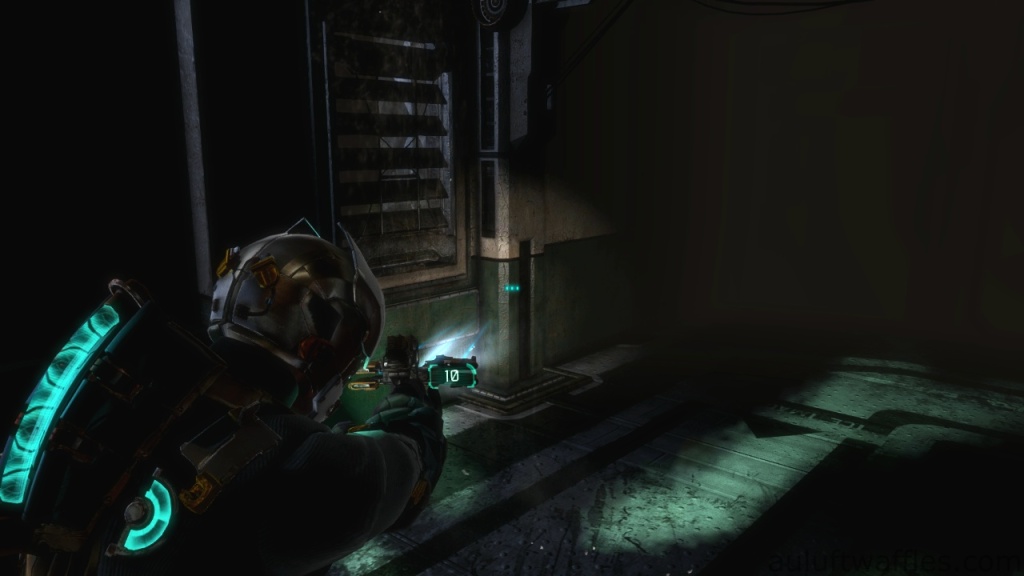 You’ll find yourself creeping past these vents, crossing your fingers nothing pops out. – image source
You’ll find yourself creeping past these vents, crossing your fingers nothing pops out. – image source
Necromorphs, Pure Nightmare Fuel
The second prong of this approach comes through the enemies themselves providing a false sense of security. When players have taken down some nightmare inducing Necromorphs. It would be sensible to think that the lull is a great time for healing, item management and rummaging in the area for supplies. Well, here’s the issue with that.
If you doddle around in one area for too long, smelling the flowers. Necromorphs will piece their limbs back together like the sickest jigsaw in existence, get back up and rip you to shreds.
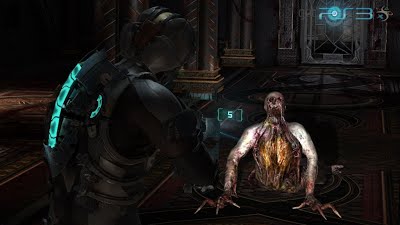
Now I could have sworn you were dead a minute ago – image source
This forces players to gather items quickly and move to the next area. Sometimes without fully preparing for the next step. Meaning they may be more vulnerable and have to improvise to survive. Plus there is the constant threat when gathering items, that over your shoulder is a fallen enemy back for revenge. It’s a fantastic addition that keeps even the more quiet sections tense.
Then with the combat mechanics themselves. Visceral Games decided that rather than relying on bullet preservation and scarcity of items to give a survival horror feel. That they would implement a unique mechanic for taking down enemies. This was the dismemberment system.
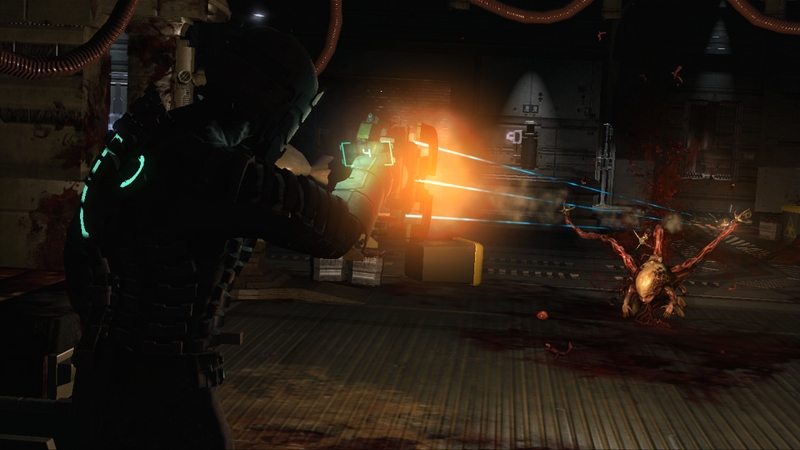
Line ’em up. Cut them down to size. – image source
Strategic Dismemberment
Players would have their backs against the wall in long, narrow corridors. On the back foot and pacing backwards with their plasma cutter raised. In most games within the genre, the idea is aim for the head for best results. However, in Dead Space, its all about the limbs. To take down the Necromorphs, you have to take their arms and legs off at the joint. Otherwise enemies are bullet sponges.
It leaves the player with the option to fill the bellies of enemies with bullets in a blind panic. They might even survive if they do. Though, a player that remains calm and shoots with precision at limbs will be rewarded. Thud reward being quicker kills and more bullets at the end of scuffles. Though obviously this becomes more and more difficult with the increasing volume of enemies the game throws at you.
It’s a great system that encourages careful and precise gameplay decisions. Decisions like taking off enemy legs to slow them down. Acting as crowd control. Prioritising faster and regenerative enemies in a battle. Or perhaps targeting enemies that only periodically show their limbs whilst avoiding the oncoming assault of other enemy types. The developers put together varied and plentiful combinations of enemies to really challenge the player. Creating thought provoking and dynamic situations that need constant improvisations to survive.
Improvisation Is Key
The dismemberment also offers strategic advantages and disadvantages for the player. The best examples being that ‘exploders’ carry a harmful projectile. One which if detonated in close proximity to Issac, could spell disaster. However, if the player dismembers this limb, then uses a stasis power to lift the projectile. They can take control of it, firing it at a crowd of enemies and preserving more bullets in the process.
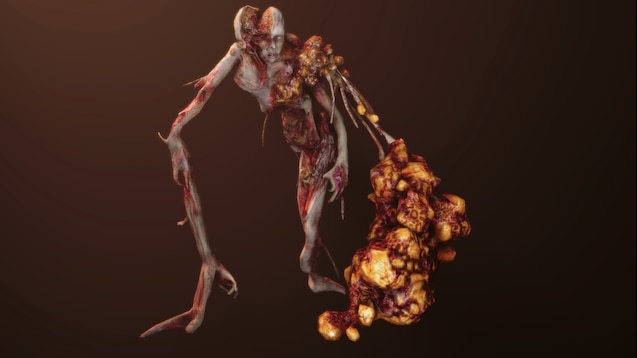
These charming guys can offer a makeshift stasis grenade in clutch situations. – image source
Though a disadvantage of dismembering a head for example. Is that this will often cause the affected enemy to swing violently. They know you are still there, even though you’ve blinded them. Meaning it upsets the pack attacking you, takes away the organised attack and therefore, your control of the situation. There is so much to consider with this mechanic, making it such a fantastic tool to deliver classic survival horror.
Environment and Sound Design
When cultivating a tense and spooky atmosphere for a horror game. Sound and environment are the most prominent design considerations to address. For the most part, Dead Space handles this with aplomb. The ships creaks and moans are subtle yet unsettling. Enemies are usually audibly present though not in sight. Plus the environment is dark and claustrophobic. Everything you need from a survival horror.
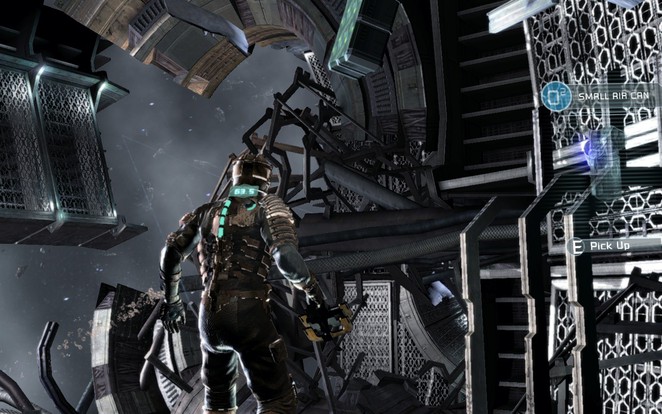
The deathly quiet of space is captured beautifully. – image source
Though the most awe inspiring sound design aspect to highlight within Dead Space is the zero gravity moments. Often in game, players will venture out into areas that have no oxygen and have you navigating what is effectively open space. Meaning there is no gravity and there is no sound.
No One Can Hear You Scream
Now in reality, it would be perfectly quiet. Though the developers realised that players need to be given some sort of cues. So what they did was created reverberations of the metal of the ship. Which were just about audible to the player. Plus enemy sounds were audible, yet muffled and deathly quiet. Meaning that checking round corners, clearing rooms and watching your six is more of a concern.
There is also a focus on Issac’s inner workings such as his heart pumping or his breath. These come into the forefront of the sound design during zero gravity scenes. Making you breath as one with your character. Offering a sense of union and immersion. It’s easily the most quiet area of the game, yet an area where sound is arguably the most important for the player.
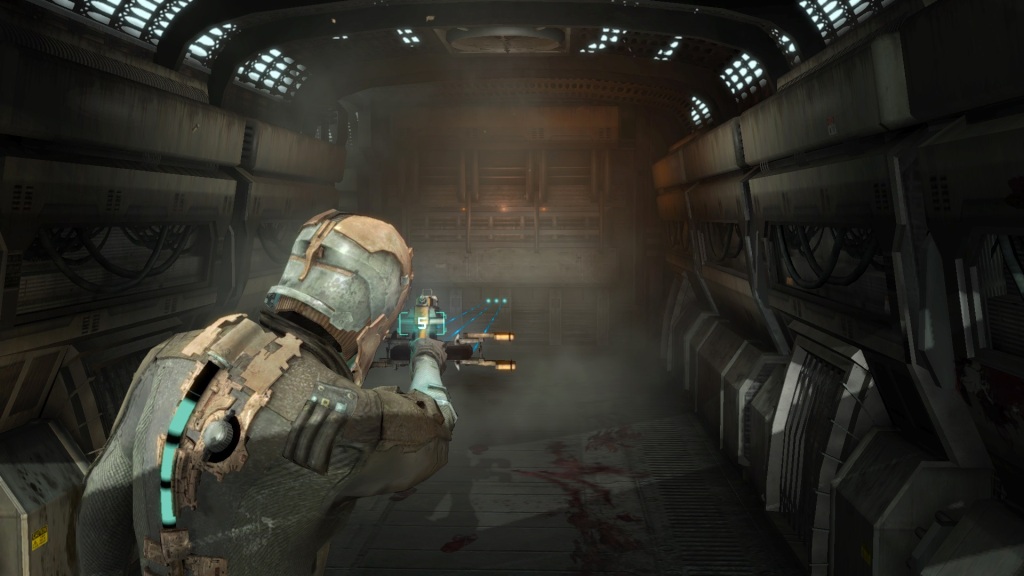 Eerie, clostraphobic halls only get more tense if you stop to listen. – image source
Eerie, clostraphobic halls only get more tense if you stop to listen. – image source
Eerie, Ominous Ambience
The sound design is also designed throughout the title to never repeat. In many titles, especially horrors, developers will loop ambient tracks. Initially this will be unsettling, however, due to Dead Space’s rewarding exploration focus. This would eventually become stale, as players recognised the sounds repeating themselves. Fully aware of the artificial nature of the sound.
So what Dead Space does to negate this, is a multitude of moving and floating sounds. These are randomly occurring isolated sounds that compliment the constant ambient track. Sounds like Necromorph screeches in the distance or wailing of the ship. If you want a more in depth dive into sound design for Dead Space, then have a look at Ben Reeves fantastic analysis.
Physics
Our last focus is on the physics of the game. To further expand on the zero gravity aspects of the game. This mechanic is a truly well researched and fully fleshed out. The developers even researched the weight of human hands, heads and various apparatus in zero gravity through NASA’s own research. All with the aim of getting an authentic feel to these segments.
The developers also created a completely separate set of animations for Issac and indeed the enemies he faces. With slower strafing, running and weapon aiming. Plus gave consideration to different enemy types. With several adapting much better to the conditions than others.
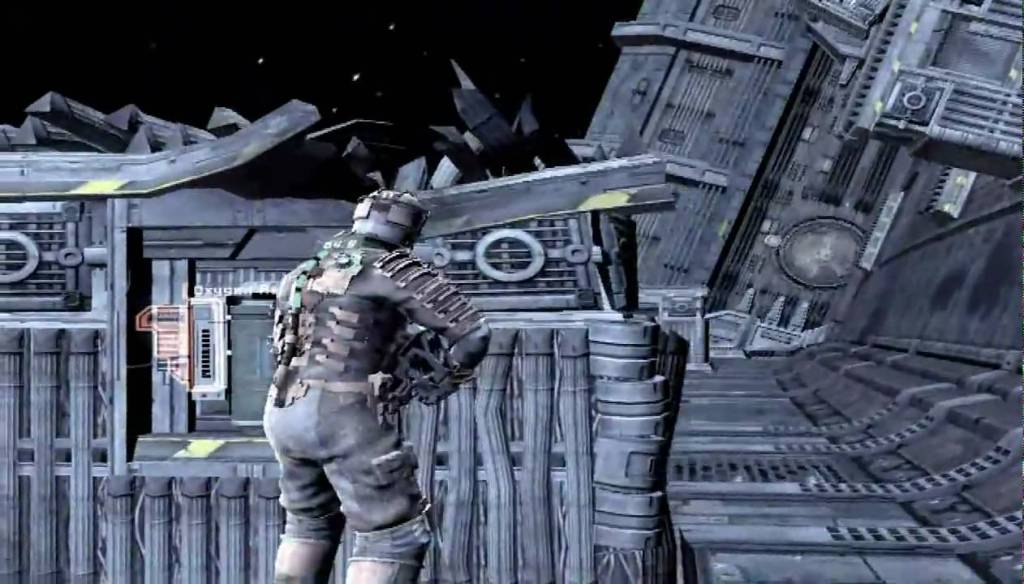 Walking in open space using magnetic boots – image source
Walking in open space using magnetic boots – image source
NASA Approved Realness
The zero gravity’s fantastic realism offered something to players that they had never witnessed before. The small details of blood particles from fallen enemies traveling as blobs in the air. Or the way limbs will follow the momentum of the gun rounds as they cascade through the air, or lack there of in zero gravity.
The way in which to navigate through these conditions made for a vulnerable experience too. Not only through the lack of sound and the slower movement of Issac but through other limitations to consider.
A Loss Of Breath And Bearings
Players would often have a limited oxygen supply to work with in these areas. Meaning they would have to navigate to the next area fast. Which is not something that is necessarily easy with Necromorphs blocking the path.
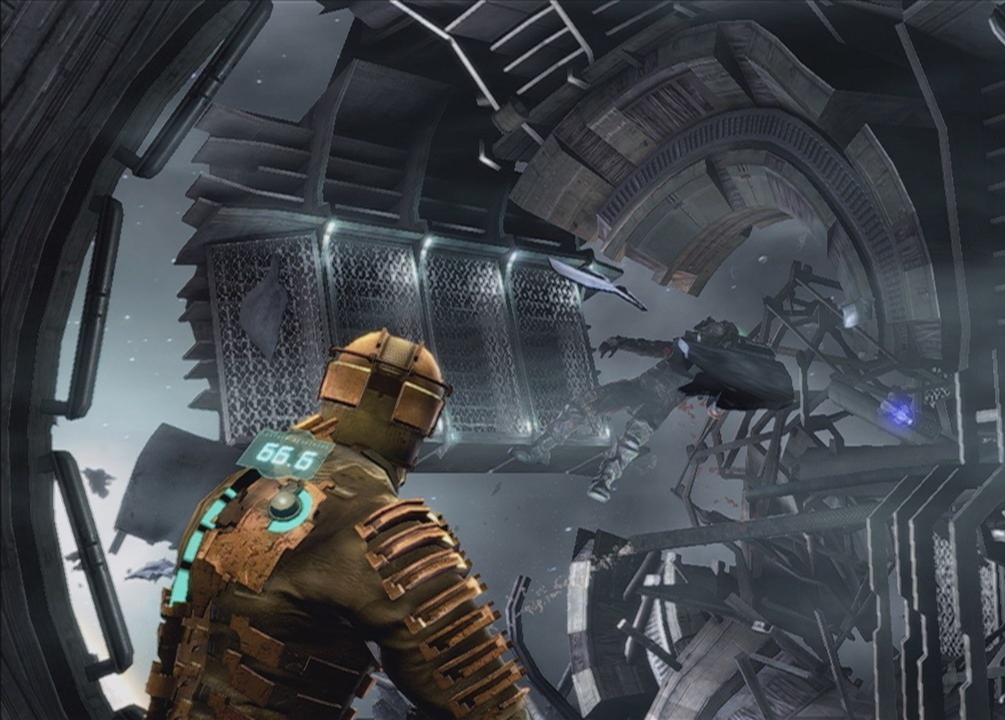 That ticking clock on your back means get back inside, and fast! – image source
That ticking clock on your back means get back inside, and fast! – image source
Then there is the areas where you must jump across large gaps. Often leaving Issac on a wall or the ceiling. It’s a very disorientating experience and can completely derail the player in a battle. Though with all the aforementioned factors. Its often not sensible to take your time to get your bearings. Improvisation, as it has been throughout the other areas of the game, is key.
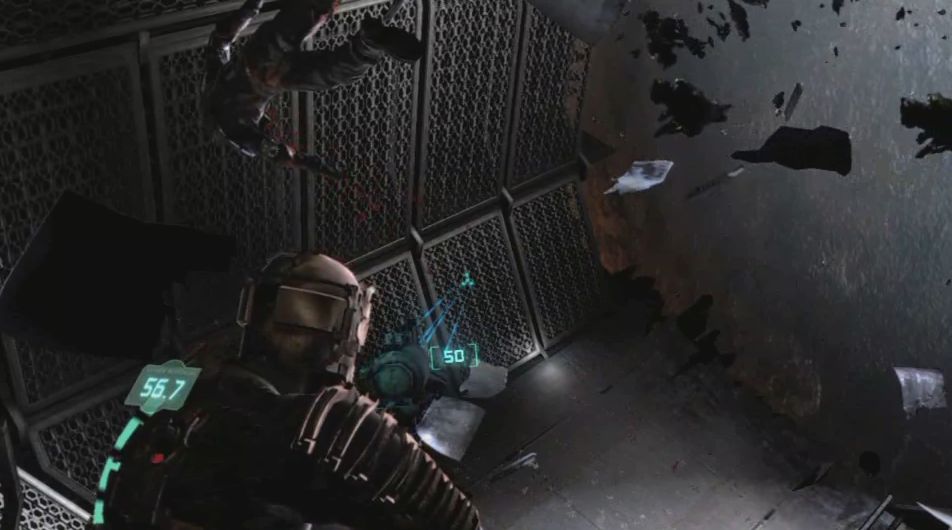 Am I on the ceiling or the floor? – image source
Am I on the ceiling or the floor? – image source
A Return To Form For Survival Horror
Dead Space would go on for another two instalments. With more of a shift towards an action heavy rollercoaster dynamic. Not unlike the Uncharted series. Ultimately leaving its horror roots as a secondary concern. The third instalment would signal the end of the series in a rather drab outing. Though what cannot be understated, is the brilliance of the original.
This game has a plethora of excellent design innovations on show. Inclusions that were truly ahead of their time. This game even went some way to allow EA to briefly kick the stigma of being relentlessly business oriented. Known for licenced movie tie ins and sports games. Though as we now know, they would struggle to ever shake that reputation.
As far as survival horror goes, this title is an undoubted classic within survival horror. One that acts as a spiritual successor to Resident Evil 4 and a foot in the door, clearing the path for Alien: Isolation to galvanize the sci-fi horror genre. So if you want a beautifully immersive and believeable horror experience. This is the place to start.
What’s your opinion on the Dead Space series? Is it in your top ten horror games of all time? What is your favourite design choice of this series? Is there any other titles that you would love to see in the design spotlight? Let us know in the comments. Also if you like this content why not take out our deep dive on the state of games journalism. Or perhaps our UX review of Final Fantasy VII. I’m callum and thank you for reading COG!




